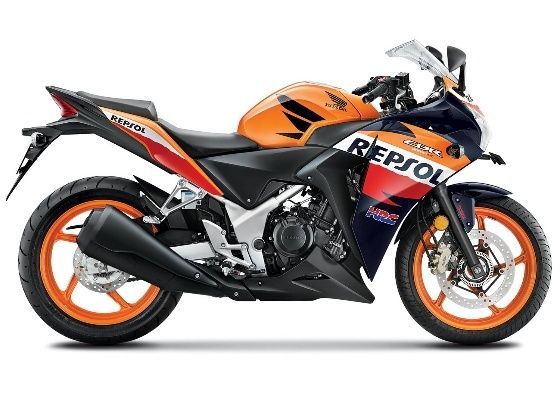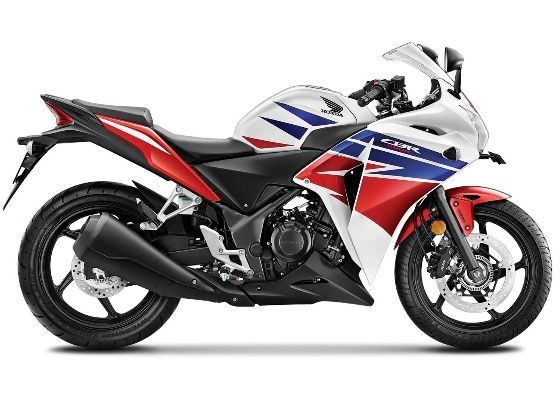There’s seldom been a more closely-fought fight among vehicles – one of
which isn’t even technically available yet! The Renault Duster and the
Ford EcoSport are set to be each others’ respective arch-nemesis and
already we’re seeing camps being formed with strong opinions either way.
We took a closer look at the two compact SUVs and compared their bits.
Visual appeal
It’s a mixed opinion this. While the modern kinetic design language
and sporty elements used in the Ford makes it more car like and premium,
the Renault uses a more simplistic approach. But this doesn’t mean it
can’t turn heads, the flared front and rear arches add muscle and give
the car a more robust look. The only SUV element in the EcoSport is its
height and the externally mounted spare tyre. The EcoSport is more
attractive but the Duster definitely has better presence. Inside too,
it’s the same story. The interior design in the Ford is new age and the
use of black and gloss aluminium detailing gives it a very sporty look
like in a hot hatch. The Duster’s interior is bland and very utilitarian
in comparison. It offers similar fit and finish but one doesn’t feel as
special inside as in the EcoSport.

2013 Renault Duster vs Ford EcoSport
Space and comfort
At the front, both the SUVs offer similar space. There is ample leg
and head room for front passengers but in the Ford the driver also gets
an armrest. In fact the driver is more pampered in the EcoSport. besides
the armrest, the Ford also gets height adjustment for the driver’s seat
and a steering which is adjustable for both reach and rake.
The Duster’s driver gets a height adjustable seat too, but instead of
being continuously variable, it just a two step affair – high or low.
The Renault’s steering, again, only adjusts for rake but not for reach.
So, finding a good driving position is a lot easier in the Ford.

2013 Ford EcoSport in India rear seat space
Neither SUV offers a dead pedal but the Ford offers some space to
rest your left foot which the Duster lacks. The latter however scores
when it comes to shoulder room and visibility. The thick A-pillar and
small quarter glass in the Ford results in a big blind spot and will
take some time getting used to.
Moving to the back, this is where the lack of shoulder room is most
felt in the EcoSport. It’s a strict four-seater and only two adults can
comfortably sit at the back. The Duster on the other hand offers more
room and can accommodate three adults since the seat is larger. It even
features a rear armrest with two cup holders. That said, the Ford
surprisingly offers 75mm more rear knee room. But, since the EcoSport is
less than four metres long, boot space suffers. At 346 litres, it
offers 129 litres lesser space than the Duster. The seats however split
60:40 unlike the Renault’s single folding seat. The roof rails also have
mounts to hold a roof box.
The EoSport is also the better equipped of the two SUVs. It gets
auto-climate control and SYNC – a voice activated feature to control a
host of systems, both of which are missing on the Duster. In terms of
safety, the top end EcoSport offers six airbags (four more than the
Renault).

Rear legroom in the Duster
Engines and real world performance
Both feature 1.5-litre common-rail units but it’s the Renault that
puts out more power. The Duster produces 110PS at 3900rpm while peak
torque is an impressive 248Nm produced at a low 2250rpm. The Ford
meanwhile delivers a lower 91PS at 3750rpm and 204Nm from 2000-2750rpm.
This difference on paper is quite evident on the road as well. Power
delivery is stronger in the Duster while the turbo lag is less evident.
However, in bumper to bumper traffic the EcoSport is effortless to
drive and is less tiring compared to the Renault thanks mainly to a much
lighter clutch operation. The EcoSport is happy to take on the highways
as well, but the Duster comes across as the more accomplished car for
the job. Its engine feels less strained and more alert and thanks to a
higher torque rating and an additional sixth gear, it makes for a more
relaxed cruiser.
We also prefer the gear shift quality on the Duster; while the
Renault offers short throws and crisp shifts, the EcoSport’s five-speed
transmission feels more rubbery in its operation.
In terms of outright performance, the Duster is slightly quicker. The
sprint to 100kmph comes up in 12.7 seconds while the EcoSport does the
same in a respectable 13.2 seconds. The Renault also has a slightly
higher top speed. It maxes out at 175kmph, 5kmph more than the EcoSport.

1.5 litre diesel engine in the EcoSport
Fuel efficiency
It’s a close fight in this round too. The ARAI figure is higher for
the Ford (22.7kmpl against the Duster’s 19.01kmpl) and in the real world
in exactly the same conditions, the EcoSport again delivered high
figures of 12.2kmpl in the city against the Duster’s 11.8kmpl. On the
highway, however, the Renault did better. It returned 21.8kmpl, 1.4kmpl
more than the Ford. This means the Duster’s overall fuel efficiency of
14.3kmpl is 0.5kmpl more than the EcoSport. Clearly, there’s nothing to
choose between the two in the real world when it comes to fuel
efficiency.

1.5 litre Renault Duster diesel engine
Ride and handling
Based on the Fiesta platform, the EcoSport shines when it comes to
dynamics. The chassis feels well balanced and is very much at home
around corners. There is slight body roll and one does get the feeling
of driving a tall car but then it still is the best handling vehicle in
its segment. However, the steering could have been slightly heavier and
offer more feedback like in the Fiesta. The Duster on the other hand,
isn’t as involving but is still a capable handler. A wider track and
broader tyres does improve handling while high speed stability is
impressive. The only negative however is the strong steering kick-back
that is felt especially while cornering on undulated surfaces. This
isn’t a good feeling and one needs to grip the steering quite firmly.
The Renault has the better ride quality, though. It glides over rough
roads and potholes with pliancy, and on the highway over undulating
roads, it remains completely planted. The EcoSport on the other hand is
slightly stiff and doesn’t soak in the bumps as well. How about going
off-road? Both vehicles put down power though the front wheels and don’t
offer four-wheel drive even as an option, so we wouldn’t recommend one
going off-road. But if you still decide to drive on rough terrain and
small boulders, the Duster will be the better choice since it offers
slightly more ground clearance and even features a metal sump guard.

2013 Renault Duster vs Ford EcoSport
Which should one buy?
The EcoSport, yes as odd as it may be, hasn’t been launched as yet.
Talk about taking your own sweet time to do things. In any case, when
the Ford is launched, we expect it to be cheaper than the Duster.
Moreover, it will have more features, will look more upmarket, and
though it will have a less powerful engine, the EcoSport’s performance
won’t be significantly off the Renault’s. The Ford then is the clear
winner here. It also makes better sense for the city given its smaller
dimensions and lighter controls. The only reason to buy the Duster now
is if you are specifically looking for a compact SUV that offers enough
space for five and their luggage, to travel long distances in.

2013 Renault Duster vs Ford EcoSport
Source: http://overdrive.in























